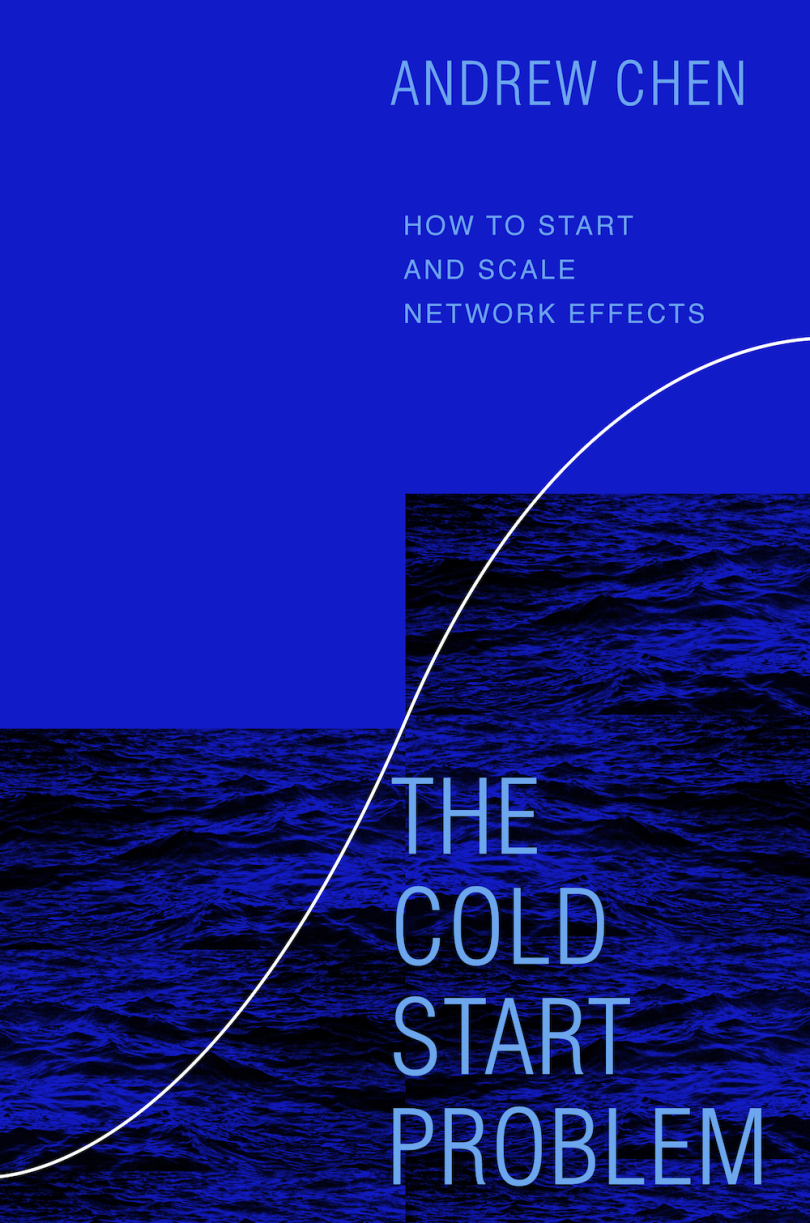In 2015, Uber decided to have a team retreat — it would be an unusual one, if only for its size. More than four thousand employees from Uber’s global offices would all fly into Las Vegas, as discreetly as possible given the number. It was in celebration of a major milestone: hitting $10 billion in gross revenue, just six years after the company had been founded. This was a milestone among those the company had celebrated in previous years as another stop along its exponential growth curve — first at $100 million, then $1 billion, and now $10 billion — also known as 10 to the 8th power, 10 to the 9th power, and then 10 to the 10th power.
As a result, the retreat was branded “X to the X,” with a subtle logo of two white Xs in a diagonal. This “X to the X” logo was printed on T-shirts, water bottles and signage throughout the conference area, so that the typical Vegas tourist wouldn’t spot the thousands of Uber employees who were in town.
X to the X celebrated a major victory for the company, but out of the thousands of people at the retreat, one team deserved the most credit. They constituted the largest portion of the company and had made the biggest impact over the years: Operations, made up of the thousands of boots on the ground that launched new cities.
The hustle within the Ops team was renowned, and one of the foundational elements of Uber’s success.
They grew riders and drivers the hard way — coordinating street teams that handed out discount cards next to train stations — and reacted to the constant threats of regulation and competition. Travis [Kalanick] would regularly say to the product teams, “Product can solve problems, but it’s slow. Ops can do it fast.” As a result, Uber saw itself as an “ops-led” company, and it was this team that best embodied the startup’s entrepreneurial and creative culture. The hustle within the Ops team was renowned, and one of the foundational elements of Uber’s success.
The Importance of Creativity
The Tipping Point for a market can be accomplished by subsidizing markets, making the product invite-only, building tools, Flintstoning, etc. — but that’s all built on raw creativity and entrepreneurship.
What Is the Tipping Point?
Creativity is important because there are often brief moments of opportunity that can cause a market to quickly tip when the right idea is tried. This might be like Twitter launching during the SXSW conference, where a critical mass of users would be attending. It might be making a funny, viral video as Dropbox launched. Airbnb employed a similar idea during major local events, as Jonathan Golden, an early product leader, noted:
“We also latched onto local events that were bigger than us whenever possible. Online campaigns such as ‘Make $1,000 in one weekend renting your apartment to Oktoberfest attendees’ instead of more generic campaigns like ‘Rent your apartment to strangers’ dramatically improved supply-side conversion metrics. And because one of the most powerful ways to bootstrap supply is to guarantee demand, we encouraged employee travel to unreviewed listings.”
In the early days, when the focus is on tipping each new additional network, everything helps.
Usually, these types of stunts and hacks are neither scalable nor repeatable. A funny viral video might work once or a few times from novelty, but it can’t be the only lever to drive growth over the long term, as eventually the goal is to drive millions of new users. Eventually, highly scalable efforts like SEO, paid marketing, viral growth and partnerships have to kick in. However, in the early days, when the focus is on tipping each new additional network, everything helps.
The Uber Ops team provided a steady stream of this creativity. Every new city launch in the early days was a Cold Start Problem, and the city teams were structured to be autonomous and decentralized, able to react quickly to new ideas on the ground.
What Is the Cold Start Problem?
The goal was to tip over the entire market, one network at a time. For example, the launch team would often execute a playbook that would enlist a local celebrity to be “Rider Zero” — the first Uber rider in the market — alongside local press coverage. The Ops team also came up with special promotions like Uber Puppies and Uber Kittens — a way to request a truck full of puppies or kittens, depending on your preference — to show up at your office for an hour at a time. Or Uber Ice Cream, where a soft-serve truck would arrive. On the supply side, the Ops team would call local limo service companies one by one, stand outside major local events to pass out flyers, and text drivers to get them to start driving, among dozens of other highly manual tactics.
Going from a single network into a network of networks requires hustle and creativity. Uber first started in major cities like San Francisco, New York City and Los Angeles, and found that each one required dramatically different tactics. New York was a licensed market, where limos operated by professional drivers reigned, and it competed with the subway. LA is a sprawl of a city, and unlike San Francisco and New York, everyone has a car. It wasn’t clear that Uber would be successful in each city, but it was. But after a few dozen cities were launched, the playbook started to get dialed in. Each new market became easier and easier, as the Tipping Point kicked in.
Hustle as a System
An idea like Uber Ice Cream is fun, but the real magic comes from creating an innovative, bottom-up organization that can create endless variations. The team culture of the Ops team rewarded experimentation, and after ice cream came Uber Puppies, Uber Mariachi Band, Uber Health (for flu shots), Uber Lion Dance (to celebrate Chinese New Year!) and dozens of other variations from around the world. The Ops teams would “holidize” their efforts, aligning special dates with product features that promoted growth. A driver referral program like “Give $200, Get $200” could be bumped up on amounts and turned into a New Year’s branded “Start your new year right — Give $300, Get $300” campaign. Campaigns could be built, sent over email and in-app notifications celebrating July Fourth, Thanksgiving, Christmas and everything else could keep the messaging fresh and response rates high.

It was unusual, but in the early years, the San Francisco–based engineering and product teams would really play a support role. They created customizable levers within the app, giving the city teams tools and controls to manage their own markets. City teams could create new “vehicle classes” within the app, so ideas like Uber Moto, Uber Helicopter and Uber Pitch (for startups to pitch investors!) could be tried. For San Francisco’s Pride Parade, the car icon within the app had a rainbow trail behind it to signify the special day.
In the end, you might ask — did Uber Ice Cream really help? Not one particular stunt, no, but I argue that within the framework of taking a market from zero to the Tipping Point, these types of quick, clever tactics play a key role in getting markets off the ground. Most importantly, Uber created a system to quickly identify, execute and iterate on these concepts — it was supported by an entrepreneurial team culture, robust software tooling and an understanding that each city would be its own Cold Start Problem.
* * *
From the book The Cold Start Problem: How to Start and Scale Network Effects by Andrew Chen. Copyright 2021 by Andrew Chen. Reprinted by permission of HarperBusiness, an imprint of HarperCollins Publishers.





